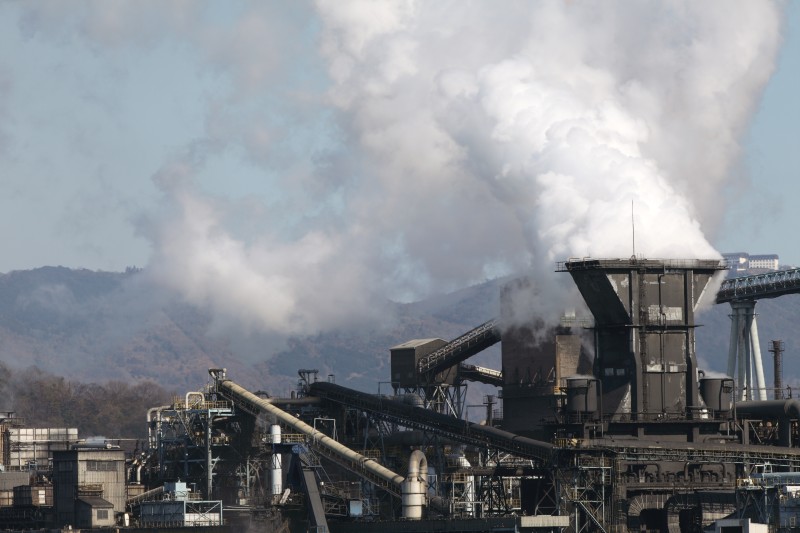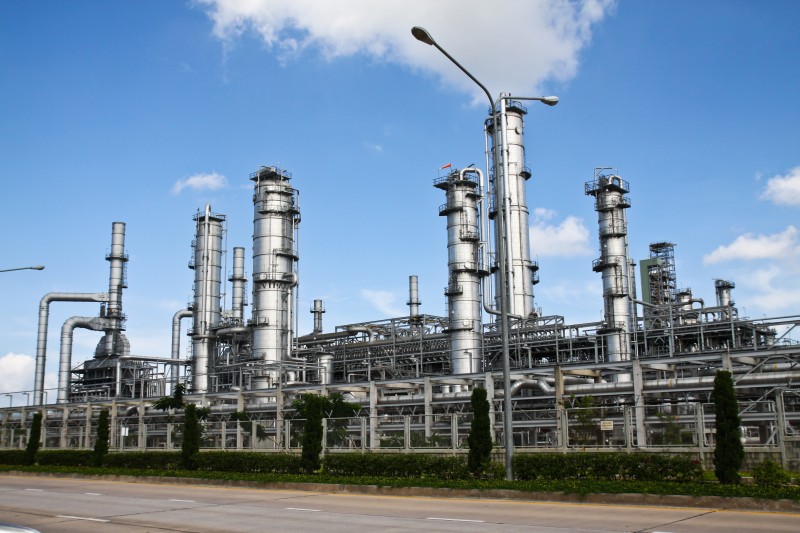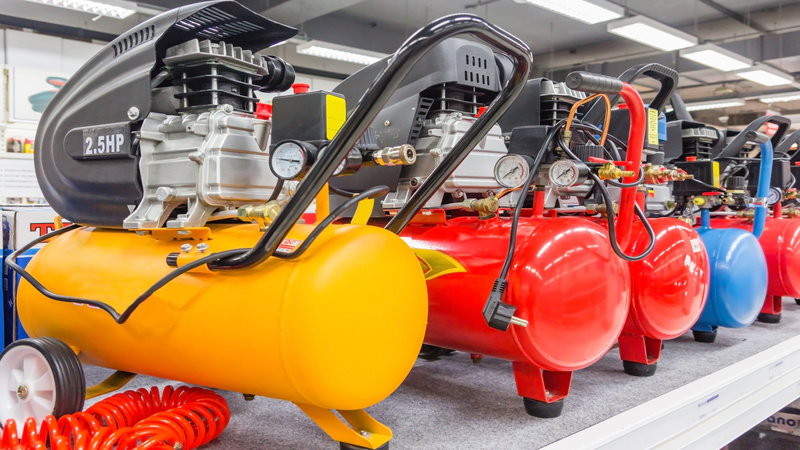It’s often difficult to find a cost effective way to meet federal, state, and local emission limits that suit your industrial needs. An air pollution control system that uses a catalytic oxidizer instead of a thermal oxidizer may be the best solution for you. Catalytic air pollution control systems have better long-term cost effectiveness and meet many required emission limits.
Advantages of Catalytic Oxidation Over Thermal Oxidation
Catalytic air pollution control systems have many advantages over their thermal counterparts. With lower emissions and less then half the required operating temperature, the catalytic oxidizers used in these systems are significantly more energy and fuel efficient. The addition of a recuperative heat exchanger further reduces cost by minimizing, or in many cases eliminating entirely, the amount of supplemental fuel necessary by creating an autocatalytic operating condition. Catalytic systems can also be optimized for your specific needs by using one of many catalyst types.
Meeting Emissions Requirements
The efficiency of catalytic air pollution control systems makes them able to meet emissions limits without increasing cost. Some systems are capable of bringing NOx emissions down to 2ppm and lowering CO formation by up to 99%. Catalytic systems also meet the requirements of MACT, BACT, LAER, and RACT standards which makes them ideal for a wide variety of applications.
Contact for More Information
To get more information about catalytic oxidizers, contact Air Clear at (443) 245-0000 or visit their website at https://www.web.net/.








